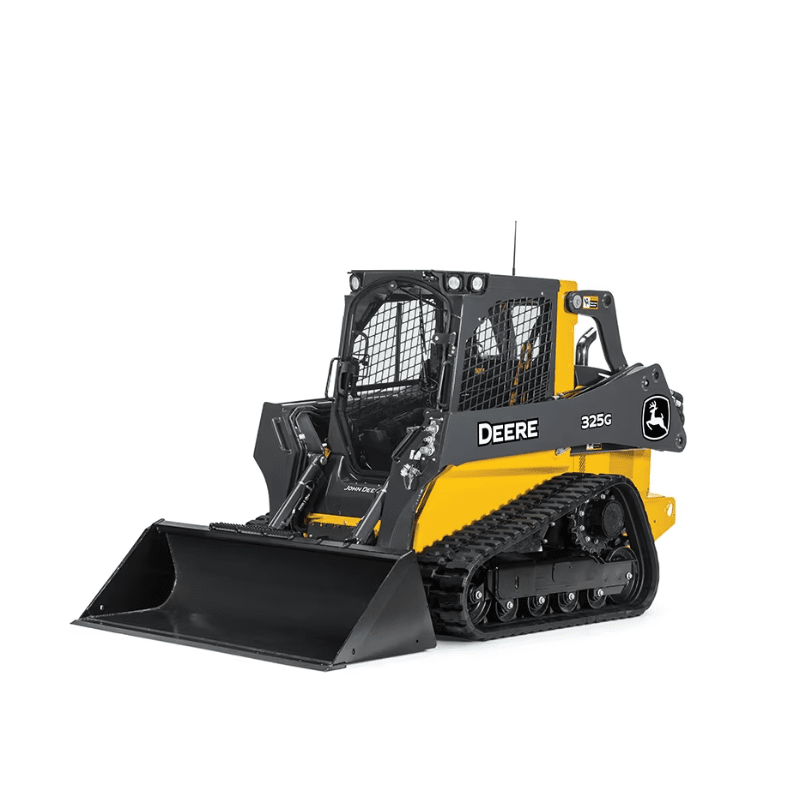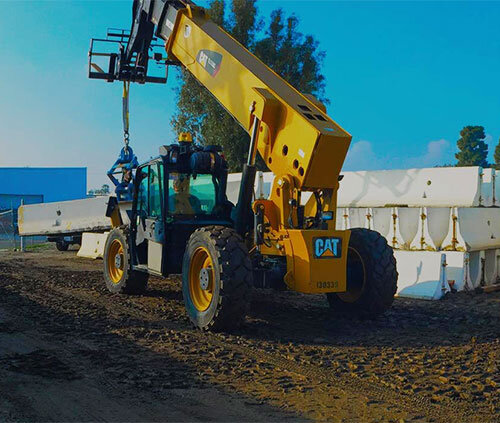Forklift Rental: Heavy Lifting Equipment for Warehousing and A lot more
Forklift Rental: Heavy Lifting Equipment for Warehousing and A lot more
Blog Article
Maximize Your Budget Plan by Comprehending the Expenses Related To Building And Construction Equipment Rentals
Recognizing the full range of costs connected with building tools rentals is critical for optimizing your budget. What methods can be utilized to effectively take care of these costs and guarantee an extra efficient rental experience?
Review of Rental Prices
When considering construction tools services, comprehending the associated costs is extremely important for effective budgeting and project planning. Rental prices can differ considerably based on a number of aspects, including tools kind, duration of leasing, and location. The preliminary rental fee usually shows the tools's market demand and its linked operational abilities, influencing the overall expenditure.
Along with the base rental rate, ancillary expenses may arise, such as transport costs, fuel additional charges, and upkeep charges. It is important to represent these added expenses to accurately examine the complete cost of leasing tools. Furthermore, the rental period can influence pricing; longer leasings might get approved for reduced prices, while short-term leasings could incur greater day-to-day fees.

Failure of Rental Rates
An extensive understanding of rental prices is important for specialists and project managers intending to enhance their spending plans. Rental prices for building and construction equipment normally include a number of parts, consisting of base prices, time-based fees, and usage costs.
Base prices are the core fees connected with the rental of the devices, usually identified by the type and dimension of the machinery. These prices can differ substantially, influenced by factors such as tools demand, availability, and local market patterns. Time-based charges, which might be daily, weekly, or monthly, offer to accommodate various job timelines and rental durations.
Additionally, rental prices might include use costs, which are suitable when devices is used beyond a specified threshold, ensuring that the rental company can account for wear and tear. Seasonal demand changes can likewise affect rental prices, with peak building seasons usually commanding higher costs.
Furthermore, understanding the rental company's plans concerning maintenance and insurance coverage can give more insight right into the total expense structure. By assessing these elements, contractors can make educated choices, making sure the choice of rental tools lines up with both task requirements and budget plan restraints.
Extra Charges to Take Into Consideration
Understanding the complexities of extra charges is critical for contractors to manage their overall leasing costs successfully. Past the typical rental rates, different supplemental charges can substantially influence the total cost of devices service. These fees typically include shipment and pickup costs, which can vary based upon range and logistics associated with transporting the tools to and from the work site.
Moreover, some rental firms may impose fuel surcharges if the equipment is returned with less gas than when rented out. It is additionally necessary to recognize possible cleansing charges, especially for specialized equipment that calls for thorough upkeep after usage.

Completely evaluating the rental contract and making clear these added costs upfront can assist specialists avoid unforeseen prices and guarantee that budgets stay intact throughout the project lifecycle.
Repair And Maintenance Expenses
Regular repair and maintenance expenditures are usually neglected elements that can dramatically influence the general cost of construction devices rentals. When renting out devices, it is critical to think about not just the rental fees however additionally the prospective prices related to keeping the equipment in optimal operating condition.
Several rental companies consist of standard maintenance as part of the rental arrangement; however, extra substantial repairs or unanticipated breakdowns can bring about extra expenses. It's necessary to evaluate the rental agreement carefully to comprehend what upkeep solutions are covered and what obligations drop on the tenant.
Furthermore, equipment that is not well-kept can bring about inefficiencies at work site, possibly increasing and creating delays project expenses. To mitigate these threats, it is recommended to conduct routine inspections and preserve open communication with the rental provider relating to any problems that develop during use.
Insurance and Responsibility Prices
Insurance coverage and responsibility prices are crucial elements that can significantly affect the total expense of building equipment leasings (dozer rental). These prices ensure that both the rental business and the client are shielded from possible economic losses arising from crashes, damages, or burglary throughout the rental duration

In addition, customers ought to be mindful of any type of deductibles or exclusions in the insurance coverage policy, as these can affect possible out-of-pocket expenses. Recognizing the terms of any insurance policy protection is important to stay clear of unforeseen prices. Eventually, budgeting for insurance policy Visit Website and obligation expenditures can assist ensure a smoother rental experience and shield against economic threats related to building and construction tasks.
Final Thought
In conclusion, an extensive understanding of the costs connected with building devices services is vital for reliable spending plan monitoring. Ultimately, notified decision-making pertaining to equipment rentals adds to the overall success of building endeavors.
Rental prices can vary considerably based on several variables, including tools type, period of rental, and area (equipment rental company). The rental period can affect pricing; longer services might qualify for affordable prices, while temporary services might incur greater everyday fees
By conducting comprehensive study and engaging with trustworthy rental business, specialists can efficiently browse the complexities of rental prices, eventually maximizing their monetary resources.
Beyond the basic rental prices, various additional charges can significantly influence the complete price of devices leasing. Rental business commonly give liability insurance coverage that covers injuries to 3rd events or damages to home, while tools damage insurance policy can cover the price of repair services or substitute if the rented equipment is damaged.
Report this page